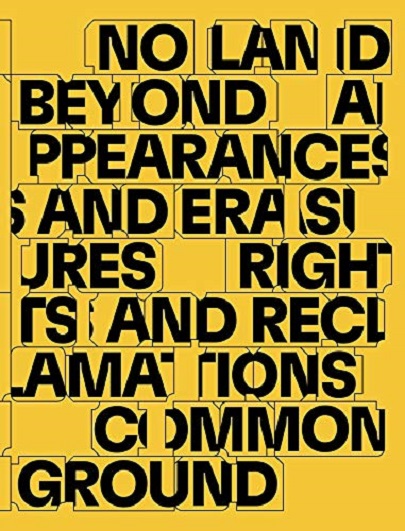...And Other Such Stories - 2019 Chicago Architecture Biennial | Paulo Tavares, Sepake Angiama, Yesomi Umolu

Detalii ...And Other Such Stories -
carturesti.ro
145 Lei
Carte straina
Columbia University Press
...And Other Such Stories - - Disponibil la carturesti.ro
Pe YEO găsești ...And Other Such Stories - de la Columbia University Press, în categoria Carte straina.
Indiferent de nevoile tale, ...And Other Such Stories - 2019 Chicago Architecture Biennial | Paulo Tavares, Sepake Angiama, Yesomi Umolu din categoria Carte straina îți poate aduce un echilibru perfect între calitate și preț, cu avantaje practice și moderne.
Caracteristici și Avantaje ale produsului ...And Other Such Stories -
- Departament: gaming-carti-birotica
- Ideal pentru pasionații de jocuri, birotică și distracție online.
Preț: 145 Lei
Caracteristicile produsului ...And Other Such Stories -
- Brand: Columbia University Press
- Categoria: Carte straina
- Magazin: carturesti.ro
- Ultima actualizare: 27-10-2025 01:24:43
Comandă ...And Other Such Stories - Online, Simplu și Rapid
Prin intermediul platformei YEO, poți comanda ...And Other Such Stories - de la carturesti.ro rapid și în siguranță. Bucură-te de o experiență de cumpărături online optimizată și descoperă cele mai bune oferte actualizate constant.
Descriere magazin:
What constitutes the social context of architecture? What kind of stories can be told about how lived experiences across global communities, cities, territories, and ecologies resonate with architectural and space-making practices? The 2019 Chicago Architecture Biennial explores the implications of architecture and the built environment as they relate to land, memory, rights, and civic participation-drawing buildings, planning, art, policy making, education, and activism into new conversations at global and civic scales.Published in conjunction with the third iteration of the Chicago Architecture Biennial, ...and other such stories extends the exhibition\'s core questions through a range of essays, interviews, and visual dossiers, along with a section introducing the Biennial\'s contributors. It is structured by a series of curatorial frames: (1) No Land Beyond reflects on landscapes of belonging and sovereignty that challenge narrow definitions of land as property and commodity; (2) Appearances and Erasures explores both shared and contested memories in consideration of monuments, memorials, and social histories; (3) Rights and Reclamations foregrounds aspects of rights, advocacy, and civic purpose in architectural and spatial practices; and (4) Common Ground addresses practices invested in producing and intervening in public space within and beyond the field of architecture.

Produse asemănătoare

...And Other Such Stories - 2019 Chicago Architecture Biennial | Paulo Tavares, Sepake Angiama, Yesomi Umolu
![]() carturesti.ro
carturesti.ro
Actualizat in 27/10/2025
145 Lei
Produse marca Columbia University Press

Zhuangzi. A New Translation of the Sayings of Master Zhuang as Interpreted by Guo Xiang, Paperback/***
![]() elefant.ro
elefant.ro
Actualizat in 28/10/2025
216.99 Lei

Black Sun. Depression and Melancholia, Paperback/Julia Kristeva
![]() elefant.ro
elefant.ro
Actualizat in 28/10/2025
144.99 Lei

Varieties of Temporal Experience. Travels in Philosophical, Historical, and Ethnographic Time, Hardback/Professor Michael D. Jackson
![]() elefant.ro
elefant.ro
Actualizat in 28/10/2025
634.99 Lei

Let There Be Light. How Electricity Made Modern Hong Kong, Paperback/Mark (Asia Business Council) Clifford
![]() elefant.ro
elefant.ro
Actualizat in 28/10/2025
216.99 Lei

On the Prowl: In Search of Big Cat Origins, Hardcover/Mark Hallett
![]() elefant.ro
elefant.ro
Actualizat in 28/10/2025
216.99 Lei

The Savage Detectives Reread, Paperback/David Kurnick
![]() elefant.ro
elefant.ro
Actualizat in 28/10/2025
122.99 Lei